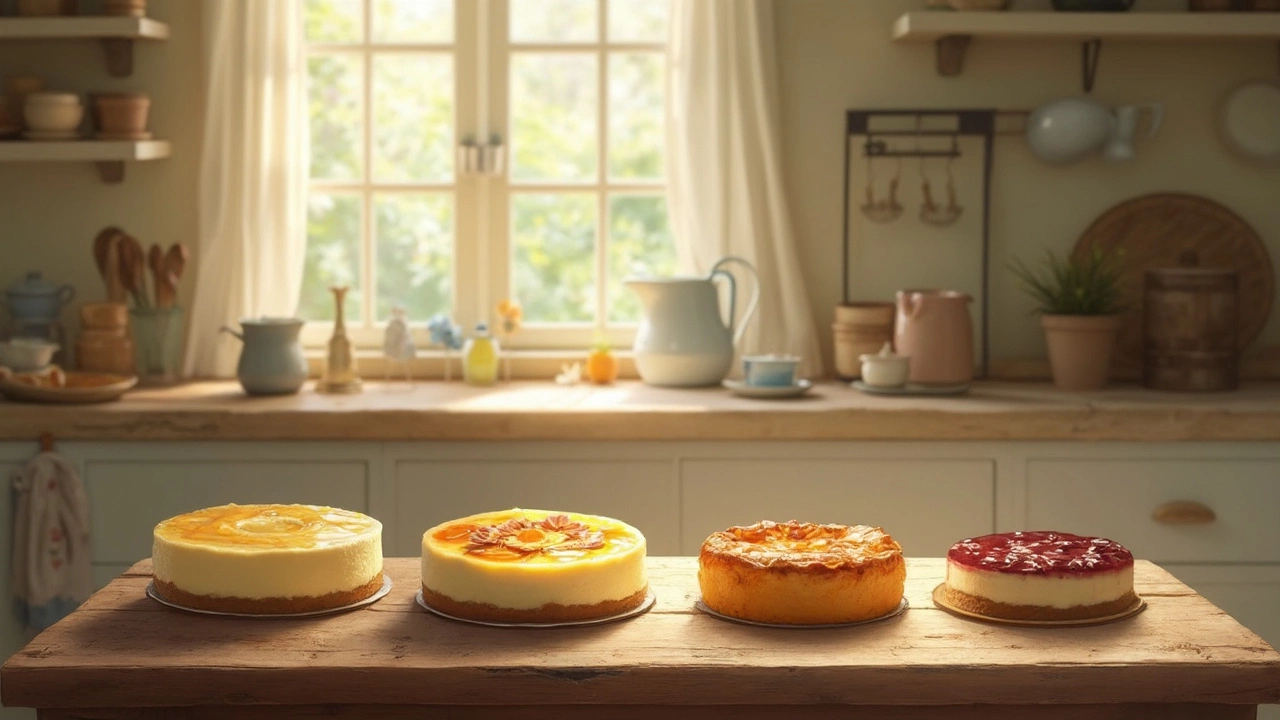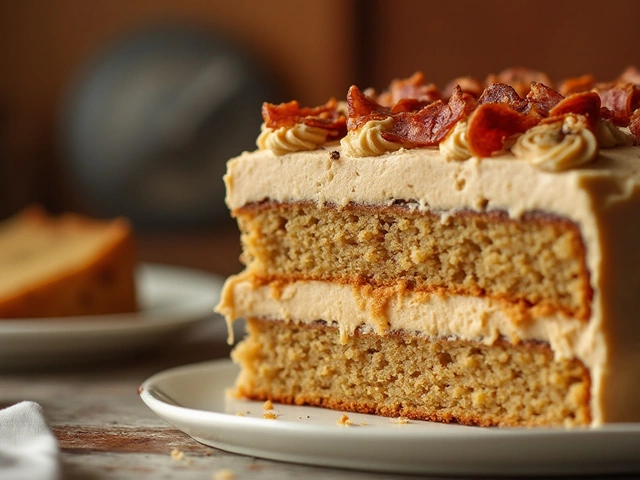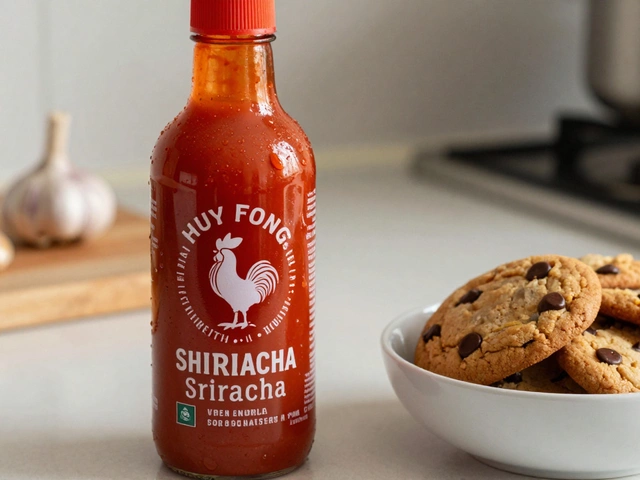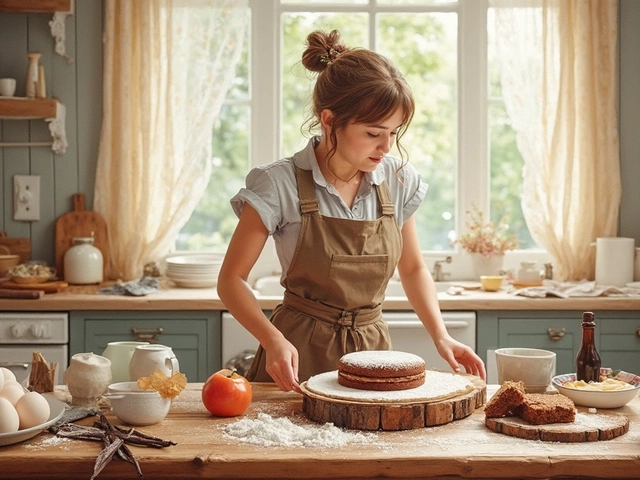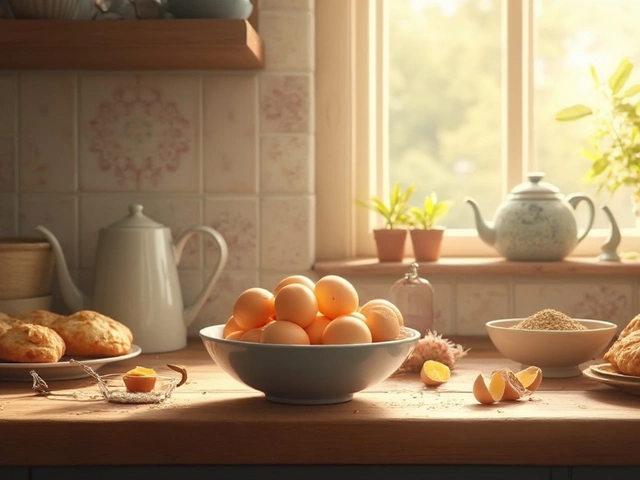Cheesecake Types Explained – Which One Is Right for You?
If you love creamy desserts, you’ve probably tried at least one kind of cheesecake. But there isn’t just one style; the world of cheesecake is full of textures, flavors, and crust options. Knowing the main types helps you pick the perfect slice for any occasion, whether you want a dense New York slice, a light fruit‑topped version, or a quick no‑bake treat.
Classic Cheesecake Basics
The most recognizable version is the baked, dense cheesecake that many call "New York style." It’s made with a heavy proportion of cream cheese, sugar, eggs, and a touch of sour cream or heavy cream. The crust is usually crushed graham crackers mixed with melted butter, pressed into the pan before the filling. Bake it in a water bath to keep the texture smooth and avoid cracks.
Another classic is the "Philadelphia" style, which is lighter and less rich because it uses less sour cream and often skips the water bath. This version is great if you prefer a softer bite that melts in your mouth.
Both of these baked varieties rely on the same basic steps: mix the filling, pour over the crust, and bake. The key differences lie in the cream-to‑egg ratio and whether you add a finishing layer of fruit or chocolate.
Popular Variations to Try
For those who don’t want to fire up the oven, the no‑bake cheesecake is a lifesaver. It swaps eggs for gelatin or a thickening agent like cream cheese mixed with whipped cream. The result is a light, airy texture that sets in the fridge. You can finish it with fresh berries, caramel drizzle, or even a cookie crumble on top.
Flavor‑infused cheesecakes are another big trend. Adding lemon zest, pumpkin puree, or matcha powder to the filling creates a unique taste without extra toppings. If you love chocolate, melt some dark chocolate into the batter or swirl it in after baking for a marbled effect.Fruit‑topped cheesecakes, like strawberry or blueberry, use either a fresh fruit compote or a simple glaze. The acidity of the fruit balances the richness of the cheese, making each bite refreshing.
Some bakers go further by changing the crust. Instead of graham crackers, you’ll find Oreo, pretzel, or almond crusts that add a salty crunch. These alternatives pair especially well with chocolate or caramel flavored fillings.
Finally, there are regional spins. Italian ricotta cheesecake uses ricotta instead of cream cheese for a lighter, grainier texture and often incorporates a hint of citrus. Japanese “soufflé” cheesecake is whipped to a cloud‑like consistency, baked at low temps for a jiggly center.
No matter which type you choose, the secret to a great cheesecake is fresh cream cheese, a firm crust, and not over‑baking. Keep an eye on the edges; they should be set while the center still has a slight wobble. Let it cool slowly, then chill for several hours before slicing.
Now you’ve got a quick guide to the main cheesecake types. Grab a recipe, pick your favorite style, and enjoy a slice that fits your mood. Happy baking!
